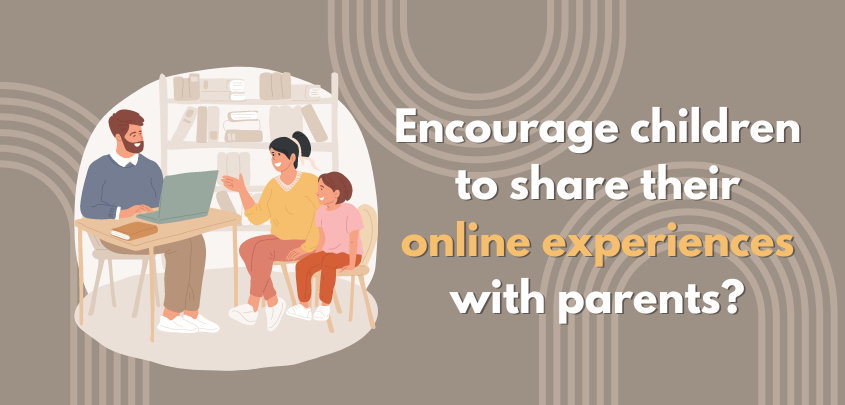
03, Jul, 2024
Open Communication Strategies with Children: Emotional and Psychological Indicators
In today’s digital age, children are increasingly exposed to various online environments. While these spaces can provide educational and social opportunities, they also present risks such as cyberbullying. As parents and guardians, fostering open communication with children is essential to safeguard their emotional and psychological well-being. Here are effective strategies to encourage open communication and recognize emotional and psychological indicators that a child might be struggling.
Establishing a Safe and Trusting Environment
Creating a foundation of trust is the first step in encouraging open communication. Children need to feel safe and supported when discussing their feelings and experiences. Here are some tips to establish this environment:
- Be Approachable: Ensure your child knows they can come to you with any issue without fear of judgment or punishment. This involves actively listening and showing empathy.
- Create Routine Check-ins: Regularly scheduled conversations can help normalize discussions about emotions and experiences. This can be during dinner, bedtime, or a daily walk.
- Use Open-Ended Questions: Encourage deeper conversations by asking questions that require more than a yes or no answer. For example, “What was the best part of your day?” or “Is there something that made you feel upset today?”
Recognizing Emotional Indicators
Children may not always verbally express their feelings, but their emotions often manifest through behavior. Pay attention to the following emotional indicators:
- Mood Swings: Noticeable changes in mood, such as increased irritability, sadness, or anger, can signal underlying issues.
- Withdrawal: If a child starts to withdraw from friends, family, or activities they previously enjoyed, it might be a sign of distress.
- Fearfulness: Unexplained fear or anxiety, especially related to school or social situations, can indicate a problem.
Identifying Psychological Indicators
In addition to emotional cues, there are psychological indicators that can help you understand your child’s mental state:
- Changes in Sleep Patterns: Difficulty sleeping, frequent nightmares, or excessive sleeping can be signs of psychological stress.
- Academic Performance: A sudden drop in grades or a lack of interest in schoolwork can indicate that a child is dealing with emotional or psychological challenges.
- Physical Complaints: Stress and anxiety often manifest physically. Watch for frequent headaches, stomachaches, or other unexplained physical symptoms.
Effective Communication Strategies
Here are some specific strategies to help foster open communication with your child:
- Active Listening: Show that you are truly engaged in what your child is saying. Maintain eye contact, nod, and repeat back what you’ve heard to confirm understanding.
- Validate Their Feelings: Acknowledge your child’s emotions without dismissing them. Saying “I understand why you feel that way” can go a long way in making them feel heard.
- Encourage Expression: Encourage your child to express their feelings through words, art, or journaling. This can help them process emotions in a healthy way.
- Set a Positive Example: Model open communication by sharing your own feelings and experiences. This can help normalize discussing emotions and show that it’s okay to talk about difficult topics.
Building Resilience
Teaching children resilience is key to helping them cope with challenges, including cyberbullying. Here are some ways to build resilience:
- Promote Problem-Solving Skills: Encourage your child to come up with solutions to problems they face, fostering a sense of control and confidence.
- Teach Coping Mechanisms: Help your child develop healthy ways to cope with stress, such as physical activity, mindfulness, or talking to a trusted friend or adult.
- Encourage Social Connections: Strong relationships with family and friends provide a support network that can help children navigate difficulties.
Conclusion
Open communication with children about their emotional and psychological well-being is crucial in the fight against cyberbullying. By creating a safe and trusting environment, recognizing emotional and psychological indicators, and employing effective communication strategies, parents and guardians can help children feel supported and resilient. Together, we can build a safer and more understanding world for our children.
By fostering these open lines of communication, we not only protect our children but also empower them to face the challenges of the digital world with confidence and strength.
